Get to know yourself
Personal development in educational charity curriculums – Alongside their lessons, students at Children of the Mekong gain a better understanding of their friendships, work, […]
Our mission at the Children of the Mekong charity is to enable the least privileged to get access to a rounded education which combines academic study with personal development.
We have given lots of thought over a long period to the best way of doing this, and have come to the view that our holistic training is underpinned by three cornerstones:
building oneself, opening oneself to the world, and involving oneself in society.
Although the young people we support in Cambodia come from poor families, they spend more money than they earn. This raises a real problem, because families fall into debt in an illogical way without any real possibility of repaying the capital in the future.
From 2004 to 2014, the amount of loans increased 4 times faster than the evolution of debtors’ incomes (World Bank, April 2017). Families do not hesitate to borrow money at very high rates; sometimes even pushed by the requests of their children. However, in traditional Khmer culture, debt is very gravely perceived. It is seen as extremely shameful to be indebted to someone. This is a sign that Cambodia and the mentalities of its population are changing very quickly.
Today, debt has become a norm for the poorest families; often without them worrying about whether they will be able to repay the amount or not. In this sense, humanitarian microcredit projects have not helped much.
Today, for many of the young people we care for, the lack of money is an obstacle to study. To earn money, you have to work, which sometimes prevents them from going to school or continuing after receiving their Baccalaureate. For others, it is the lack of money to move and live in the city that is a barrier to their university studies. Children are aware of their parents’ money worries from an early age. It is therefore necessary to teach them to manage money well so that their actions are able to serve their future ambitions. Something like this takes time and can not be done with the snap of the fingers. It is like a laborer whose donkey has fallen into a well. He has no rope or winch to get it out. Only his shovel. So patiently, he throws sand into the well until his donkey can get out. A similar principle applies to the education of young people and their savings. It takes time for a seed to produce a coconut tree and even more time for the coconut tree to bear fruit.
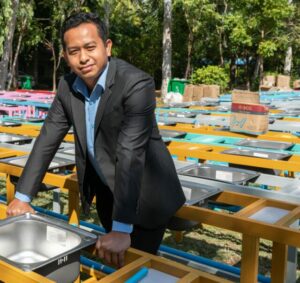
US$3.99 billion.
This is the amount of debt held by microfinance institutions in Cambodia in 2017.
1500 to 2000 US dollars
This is the amount of debt per household in Cambodia
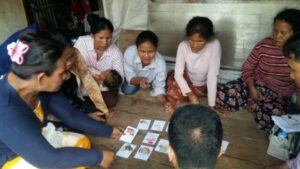
Every year, between July and November, the city of Can Tho, which has countless river canals, experiences floods. Last year, Lé Van Tôt, was forced to borrow money to renovate his house so as to prevent it from being flooded. Being of fragile health, Lé Van Tôt could not work. Therefore, his wife, Câm Sano, shouldered the work by selling soup, earning about 30,000 dong (not even 1 pound) per day. Even though this is largely insufficient to cover all household expenses, it still places the family above the poverty line set by the state. As a result, the family is unable to claim loans reserved for the poorest populations.
In search of an alternative, Lé Van Tôt turned to a parallel financing system, which entails private lenders issuing high interest rates. In Vietnam, this alternative is still very common and is very appealing to families who do not have collateral or regular incomes. The system is mainly rooted in trust, where it is common that the lender and his debtor belong to the same neighbourhood. This not only strengthens trust but also the intensify the supervision of the indebted family.
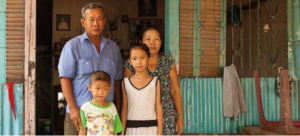
With a loan of 3 million dong (about £85), Lé Van Tôt repays 300,000 dong (£8) each month. A huge sum for this family with barely enough income to repay the interest on the debt. In fact, the family will one day have to take out a new loan to repay its debt, or even accumulate them in a vicious cycle of lifelong debt that is prevalent in Vietnam.
The challenge through the course offered to middle and high school students and students of our education centres and boarding houses is to give them a concrete idea of the economic realities. ”During one of our first trainings in Cambodia, in 2007, I was very surprised to discover that the adults themselves did not always have the clearest notions about money. I remember an adult who was not able to differentiate between a salary and a loan. In both cases for him, it was an income. It didn’t matter then that one of them had to be reimbursed,” explains Sophie Paine, a trainer from the ‘A+B=3’ programme, a partner of Children of the Mekong.
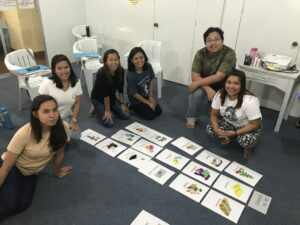 “What children see, they do, what they hear, they say,” emphasizes Chandeth, the head of training at the Sisophon Center. The pedagogy of the programme has been designed to follow this principle; with a focus on games and activities rather than overly theoretical economics courses. “We reach students directly in their daily concerns by imagining budgets that take into account accommodation, meals or laundry and telephone subscriptions.”
“What children see, they do, what they hear, they say,” emphasizes Chandeth, the head of training at the Sisophon Center. The pedagogy of the programme has been designed to follow this principle; with a focus on games and activities rather than overly theoretical economics courses. “We reach students directly in their daily concerns by imagining budgets that take into account accommodation, meals or laundry and telephone subscriptions.”
“It is all about the game and awareness of the risks of debt to prevent young people from reproducing bad habits that are often observed in their surroundings. One of the key indicators of the success of this programme and the understanding of young people is the informal debt ratio,” says Sophie Paine.
In the centres, we often offer exercises to adolescents to promote awareness. We ask everyone to sit in a meditation position to think for 2 minutes about someone they like. In the end, everyone tells what they have imagined, where and how the person was…etc. In doing so, the adolescents become aware that they have not represented their chosen person with their possessions. We rarely appreciate someone for what they have, but for who they are. Put simply, the lesson of this activity is that there’s no point in spending money that we do not have on things that we do not need, because it will not make us better. A strong and sometimes old-fashioned message in a consumerist society:
It is who we are that makes others appreciate us or not!
“I particularly enjoyed learning how to set a budget and I want to pass this knowledge on to my family. This will allow us to save more money.” — A schoolgirl
“Thanks to this training, I learned how to manage money. I also know what I want and what I need. In this way, I can choose what’s right for me. I can put money in the bank. When I have a problem, I no longer worry about money: I have it in my account. Therefore, it’s easy for me. I don’t need to borrow.” — A student
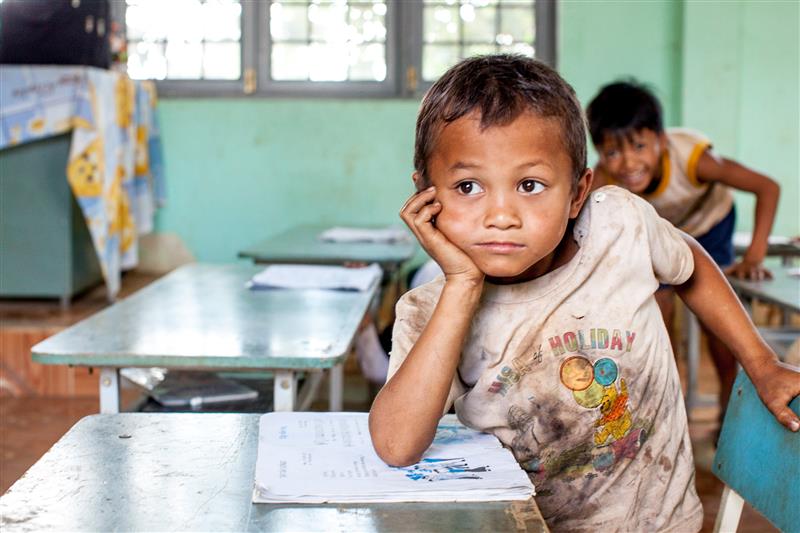
Personal development in educational charity curriculums – Alongside their lessons, students at Children of the Mekong gain a better understanding of their friendships, work, […]
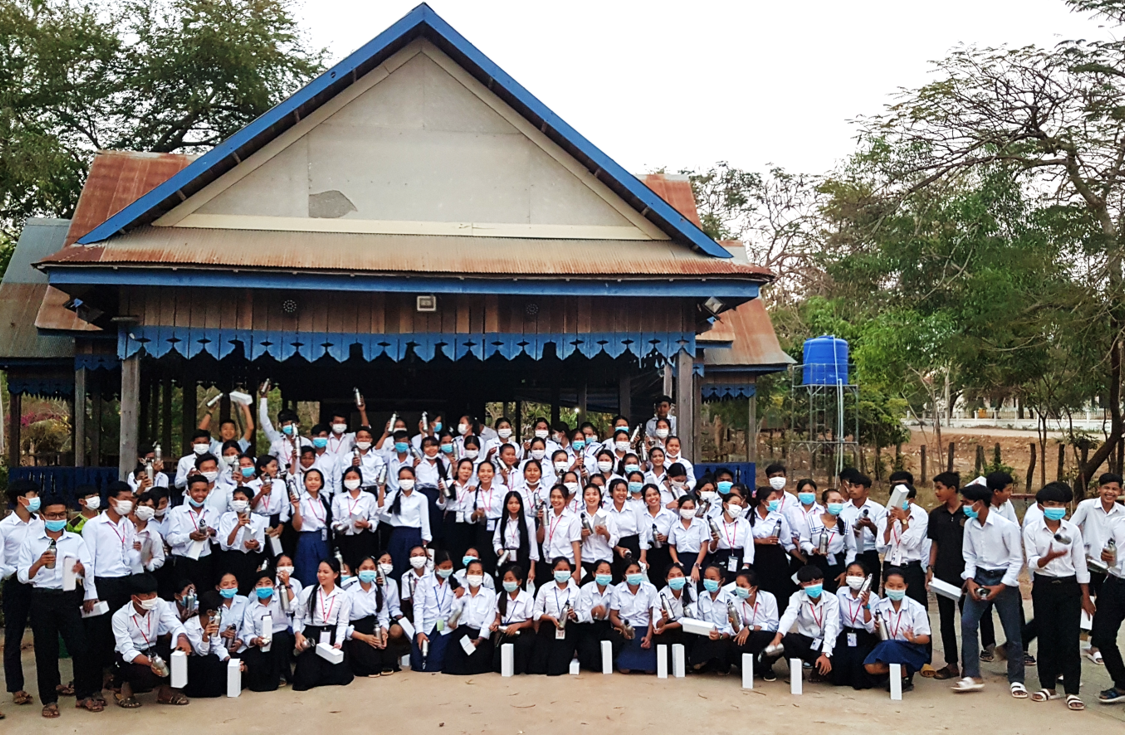
Significance of holistic education for the Khmer children in Cambodia An interview with Martin Maindiaux by Antoine Besson
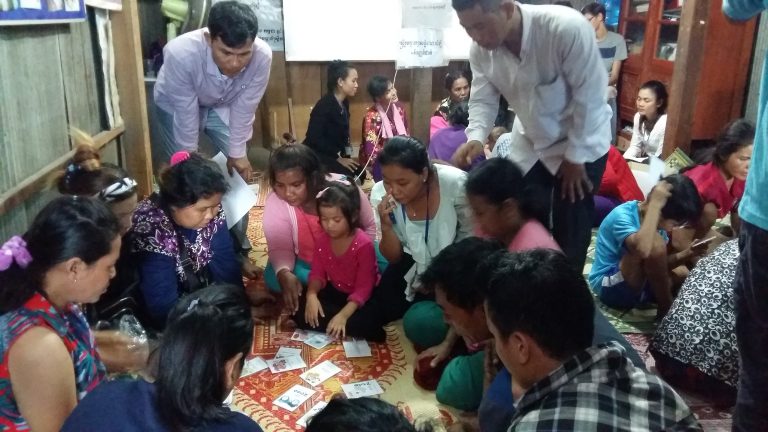
Third pillar of holistic training: involving oneself in society The testimony of Chandeth, programme manager in Cambodia, and the solutions proposed by Children of […]
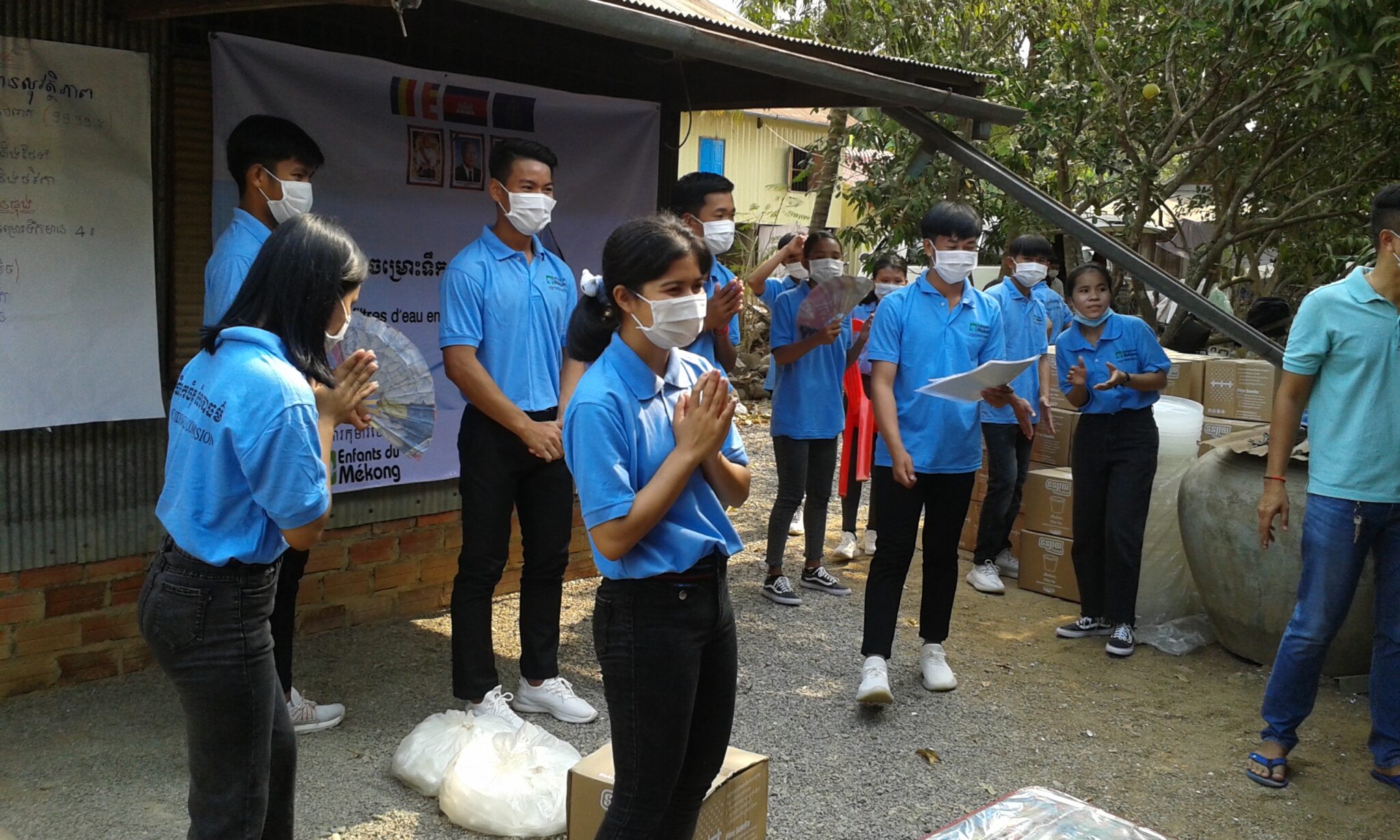
First pillar of holistic training in education: building oneself
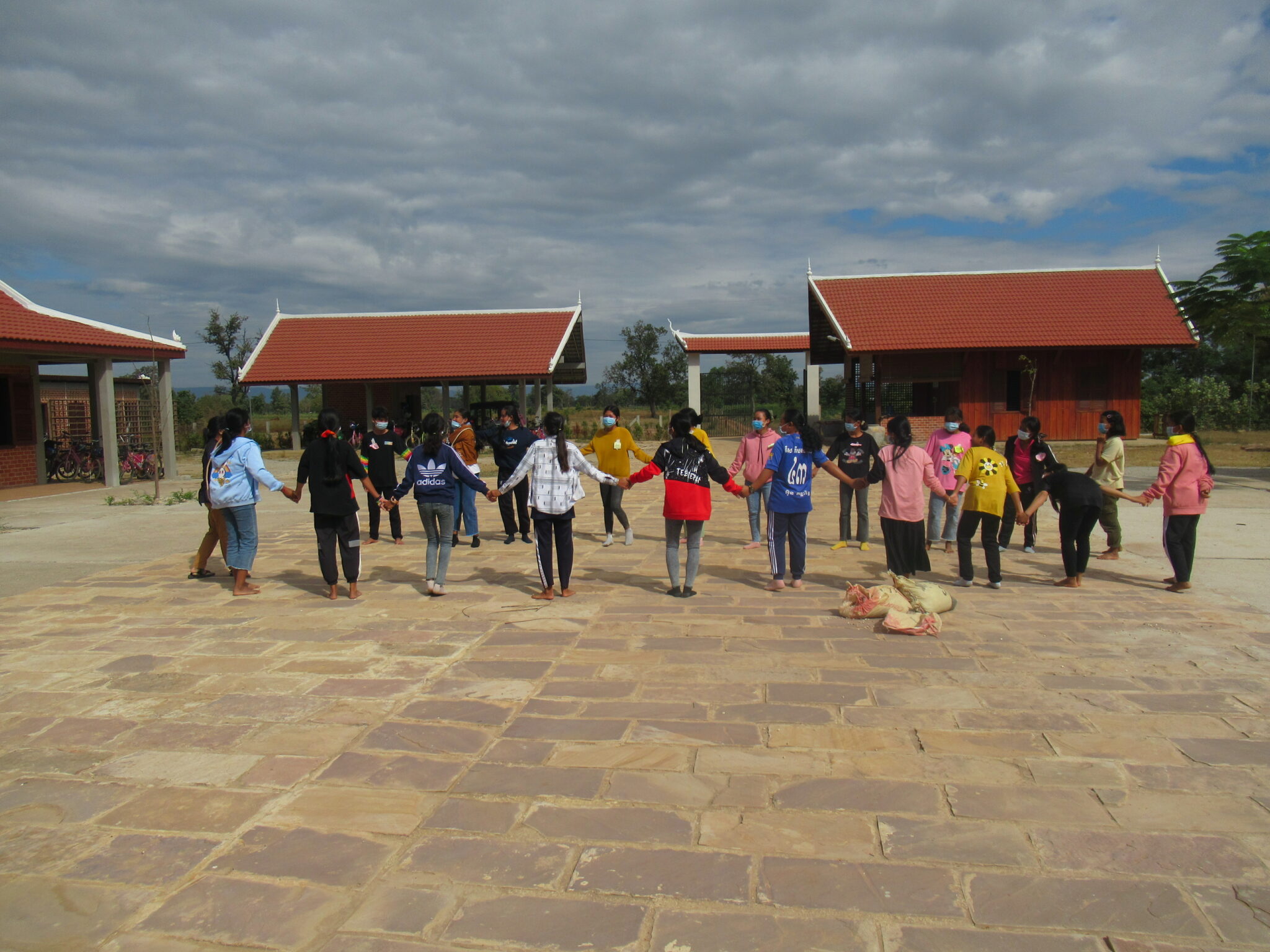
Second pillar of holistic training in education: Opening up to the world